
- Foreign Affairs
- International
- National
- Regional
- Defence
- Environment
- Science & Technology
- Banking, Finance, and Business
- Reports
- Appointments
- Awards
- Persons in NEWS
- Books & Authors
- Deaths
- Places in NEWS
- Sports
- Important Days
- Miscellaneous
- February 2019 - Exams Resources
- Current Affairs - Quiz
- Current Affairs - Test
- Current Affairs - PDF
Current Affairs Feb 2019 - Science & Technology
1 - Artificial Pancreas Smartphone App Developed for Diabetic Patients

As per the recent report, a group of scientists, have developed an artificial pancreas smartphone app and the app is effective and efficient enough to regulate blood sugar levels in diabetes patients. The smartphone app is designed to interface wirelessly with glucose monitors, insulin pump devices, and decision-making algorithms.
The clinical trial of the artificial pancreas system has shown that the app is effective and safe, as it efficiently regulates glucose levels under challenging situations. In addition to this, it is suitable for use in unconstrained environments. It also improves time in the target glucose range.
2 - Iran Unveils Long-Range Surface-to-Surface Cruise Missile
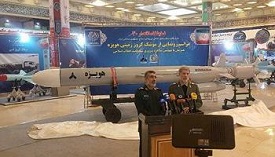
On the eve of celebrating 1979 Islamic Revolution Anniversary, Iran unveiled a new cruise (surface-to-surface) missile. The range of the cruise missile is 1300 km (or 800 miles). The advanced missile needs very short period of time to hit the target and it flies at a low altitude.
The name of missile is given as Hoveizeh. However, western countries have doubt over such missile advancement. Besides, Washington (the United States) also warned Tehran (the capital of Iran) last month against undertaking three planned rocket launches, as it violates a UN Security Council resolution.
3 - GSAT-31, Indias Latest Communication Satellite Launched
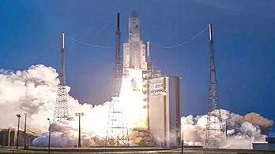
The latest communication satellite GSAT-31 has been launched successfully from the Spaceport in French Guiana (South America) on February 6, 2019. The launch vehicle Ariane 5 VA-247 lift off from Kourou Launch Base, French Guiana at 2:31 am (IST). It was having Indias GSAT-31 and Saudi Geostationary Satellite 1/Hellas Sat 4 satellites.With a lift-off mass of 2536 kg, GSAT-31 is designed to augment the Ku-band transponder capacity in Geostationary Orbit. Further, it will provide continuity to operational services on some of the in-orbit satellites.
4 - ISRO Set Up Human Space Flight Centre in Bengaluru
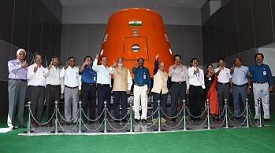
ISRO has set up its first manned space mission namely Gaganyaan in Bengaluru, Karnataka. It is a Human Space Flight Centre, which will gear up the human spaceflight program.
As per the space agency, the launch of human spaceflight programme is scheduled to be functional by the end of 2021. The program will also include a woman astronaut. In the year 2019, Gaganyaan is the highest priority. As per the latest report, the first unmanned mission is scheduled in December 2020, and second in July 2021. Once these two mission will be completed, then the manned mission will begin i.e. December 2021.
5 - Anti-tank Missile Helina Test Fired in Balasore
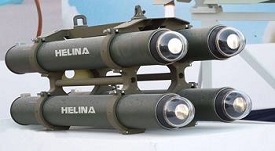
One of the most-advanced ant-tank weapons Helina has been launched from Balasore located at the Odisha coast. It is helicopter-launched version of the anti-tank weapons.
Helena is the helicopter-launched version of the Nag anti-tank guided missile. Its range covers 7 to 8 km. Helena is developed by the Defence Research and Development Organisation (DRDO). It is technologically advanced and is guided by an infrared imaging seeker (IIR) having the system of lock-on-before-launch mode, which further strengthens the defence capabilities.
6 - Massive Mountains Discovered Under Earths Mantle
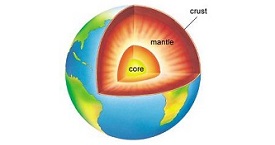
A group of scientists have discovered massive mountains in the interior of the Earth. Mountains are found in the Earths mantle part i.e. the middle layer of the earth (first - crust, second - mantle, and third core). After this finding, it is believed that the understanding of how the planet was formed will be changed.
For such study, scientists have used waves and powerful computers to simulate the complicated behavior of scattering waves in the deep Earth. The technology is dependent upon a fundamental property of waves specifically their ability to bend and bounce.